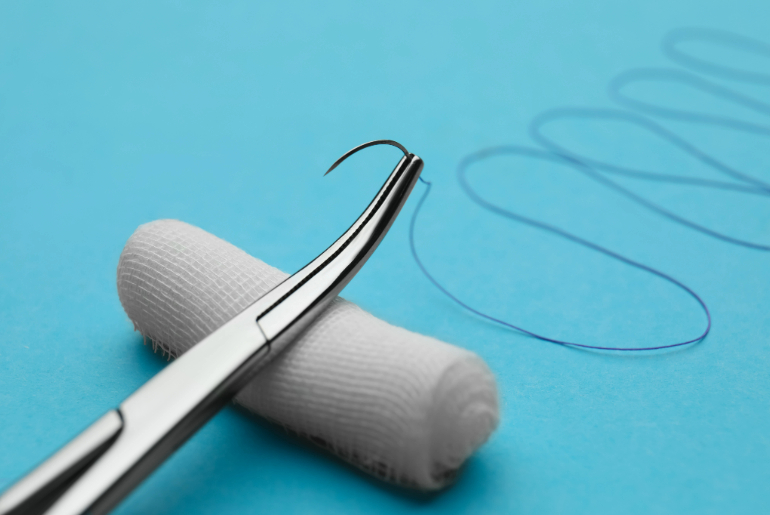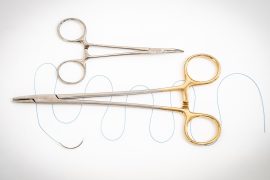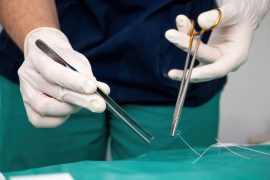Have you ever wondered how to ensure your wound heals properly without needing to remove the stitches? Absorbable sutures are the key. Taking care of absorbable stitchec might seem overwhelming, but with the right guidance, it can be simple and stress-free. In this blog, we’ll walk you through everything you need to know about absorbable sutures, from immediate care tips to recognizing signs of healing and preventing complications.
What are Absorbable Sutures?[1]
Absorbable sutures are used to close wounds or surgical incisions. Unlike non-absorbable sutures, which need to be removed after the wound heals, absorbable sutures break down and are absorbed by the body over time. This eliminates the need for a follow-up procedure to remove the stitches.
Care Tips for Absorbable Sutures[2]
Immediate Post-Procedure Care
You should start caring for absorbable sutures immediately after the procedure. Below are some general care guidelines you can follow:
Keeping the Area Clean and Dry: In the initial days following the procedure, it’s essential to keep the area with absorbable sutures clean and dry. Avoid submerging the area completely in water, such as taking baths or swimming.
Instructions on Changing Dressings: Your healthcare provider will instruct you on how to change the dressings of your absorbable sutures. Some general instructions include –
- Always wash your hands thoroughly before touching the sutured area
- Remove the old dressing, gently clean the area, and apply a new, sterile dressing
- Ensure the new dressing is secure but not too tight, because this can restrict blood flow and impede healing.
Daily Care Routine[3]
Gentle Cleaning with Mild Soap and Water: This is important to maintain the hygiene of absorbable sutures. Use mild soap and lukewarm water to clean the area around the sutures. Avoid using harsh chemicals unless recommended by your healthcare provider. Gently pat the area dry with a clean towel instead of rubbing, which can cause irritation or disturb the sutures.
Avoiding Strenuous Activities: Avoid activities that may cause strain or pull at the sutures. This includes heavy lifting, vigorous exercise, or any movement that places stress on the wound. Follow your healthcare provider’s advice on when it is safe to resume normal activities.
Monitoring the Healing Process of Absorbable Sutures[4]
- Signs of Proper Healing: Reduced redness, minimal swelling, and the gradual closure of the wound. Over time, you may notice the sutures becoming less visible as they begin to dissolve.
- Warning Signs to Watch For: Excessive redness, increasing pain, swelling that does not subside, or any discharge from the wound. Infections can cause these symptoms. If you notice any of these signs, contact your healthcare provider immediately.
Regular follow-up appointments with your healthcare provider are important for monitoring the progress of your healing. During these visits, your provider can assess the wound, ensure the absorbable sutures are dissolving as expected, and address any concerns you may have.
Conclusion
Caring for and managing absorbable stitches involves a combination of proper hygiene, monitoring the healing process, and taking steps to prevent complications. By following the guidelines outlined in this blog, you can ensure that your absorbable stitches heal effectively and minimize the risk of infections or other issues. Always consult with your healthcare provider if you have any questions or concerns about your sutures or the healing process.
Reference Links:
[1] https://www.webmd.com/a-to-z-guides/what-to-know-absorbable-sutures
[2] https://www.medicalnewstoday.com/articles/325297#care-tips
[3] https://www.drugs.com/cg/care-for-your-absorbable-stitches.html
[4] https://www.verywellhealth.com/what-are-absorbable-sutures-3156838





Comments are closed.